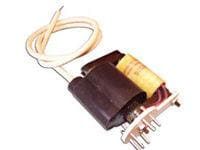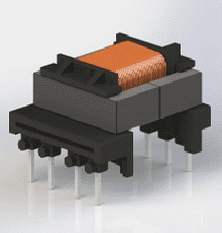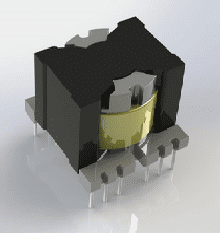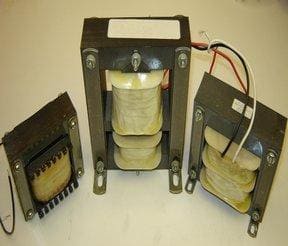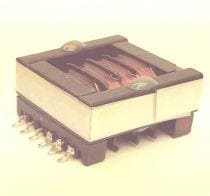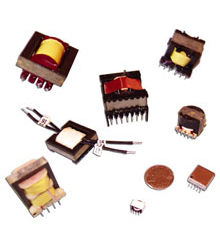
Testing a switchmode transformer is different from inspecting a linear transformer. The reason for this is the switch mode transformer design. The transformer’s pass transistor continually switches between low and high dissipation. Hence, it is not simply a case of attaching probes and testing the power. Specific tests need to be performed to check the power and functionality of SMPS transformers.
Steps to Test Switch mode Power Transformers
The following are recommended tests to perform when testing switch mode transformers:
- Winding Resistance: This test is performed to see whether the correct wire has been used, and that the winding is up to standard. It is also used to check whether the winding has been properly installed in the transformer.
- Inductance: This test can be performed for transformers with or without air gaps. For transformers with air gaps, the gap between the winding and core is checked for mutual inductance. For transformers without air gaps, the core faces are checked for contamination and cleaned thoroughly. It is also ensured that the core faces are tight.
- Current and Inductance Leakage: Here, the transformer is checked for current leakages. The windings are also examined to see if they are properly positioned on the bobbin.
- Turns Ratio and Phasing: This test verifies the polarity of the windings. It also checks that the primary turns of the winding are correct.
- Insulation Resistance: As the name suggests, this test is performed to check the resistance of the non-safety insulation between screens and windings.
- Hi-Pot: This test is perform to check the safety isolation. The isolation is checked at the core, safety screen, primary, and secondary windings.
- Q factor: This test is used to search for wires that may have shorted during transformer assembly.
These various tests need to be performed to prevent any situations of shutdowns or over voltage. If a switch mode transformer passes all these tests, then it is ready for application use.

